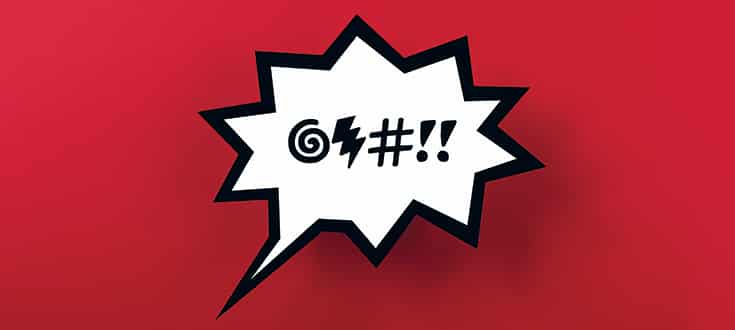We’re in the era of online outrage, and it’s affecting brands small and large. How can marketers deal with the outrage while staying sane?
Kimberly Legocki got her first taste of online fury in the era of the blogosphere. It was the mid-2000s, and she was handling marketing and communications for JohnsonDiversey (now Diversey Inc.). Suddenly, blog and forum posts popped up asking for people to boycott JohnsonDiversey and sign petitions against its wage and environmental practices. Legocki thought the angry activist posts were a small, yet curious, blip on her marketing dashboard.
A few years later, as director of social media relations at California State University East Bay, she saw more anger—a lot more. “That’s where Twitter really became involved,” she says. “There were more technologies that allowed us to monitor our brand name and keywords, and that’s when we started to see a lot of that anger and venting.”
Businesses of all sizes—from ma-and-pa sandwich shops to Fortune 500 companies—have felt social fury. A brand doesn’t need millions of followers to deal with angry, sometimes vindictive, customers online.
“My experience as a practitioner drove me to want to know how to deal with it,” Legocki says. “This is not going away. In fact, it’s increasing.”
As Legocki transitioned from working as a practitioner to studying for her doctorate in business administration, the anger on social media held her attention. Research on social anger against brands is thin, so she decided to do her own. Legocki spends her days monitoring “outrage events,” which she says have grown exponentially, giving her plenty of ammunition for her studies.
In one such study, still under review, Legocki and Kristen L. Walker, also of California State University, wanted to find the patterns of angry posters during outrage events.

